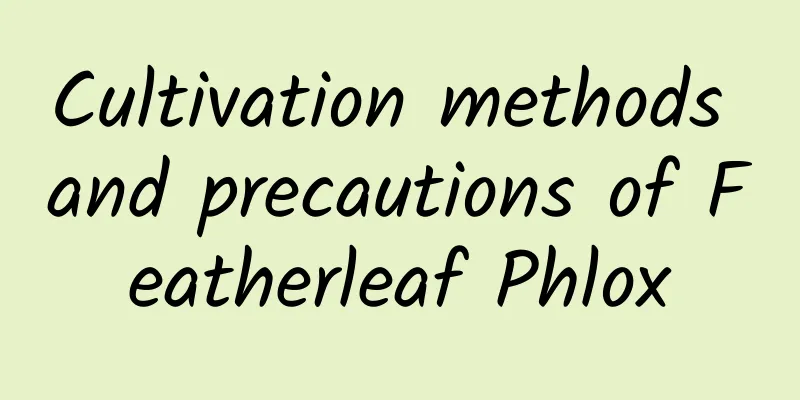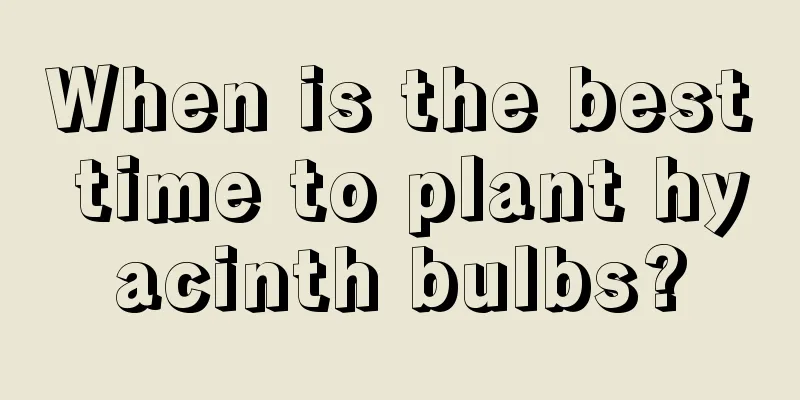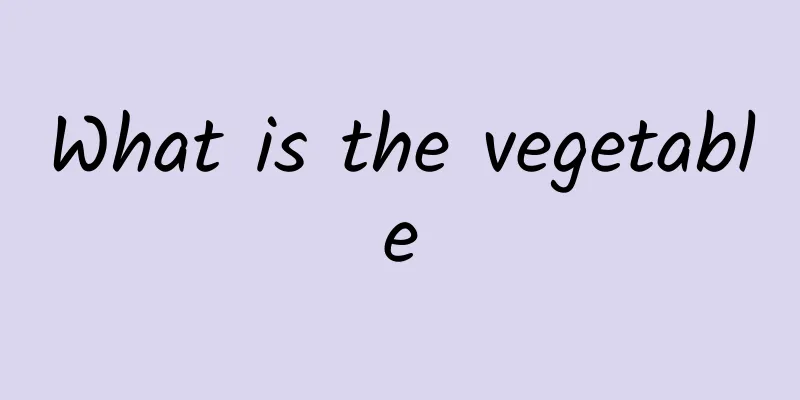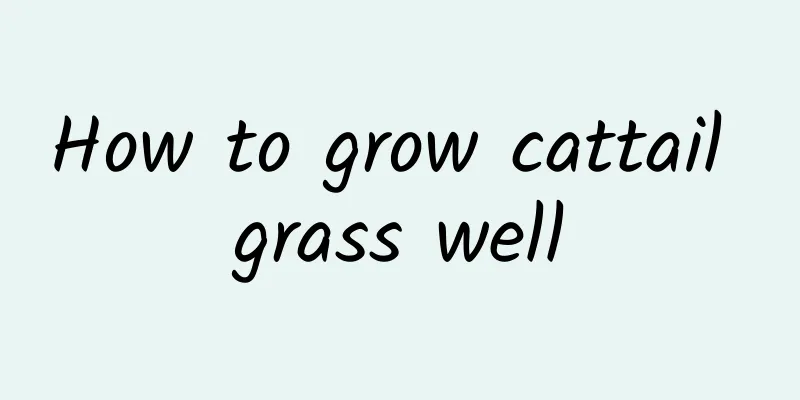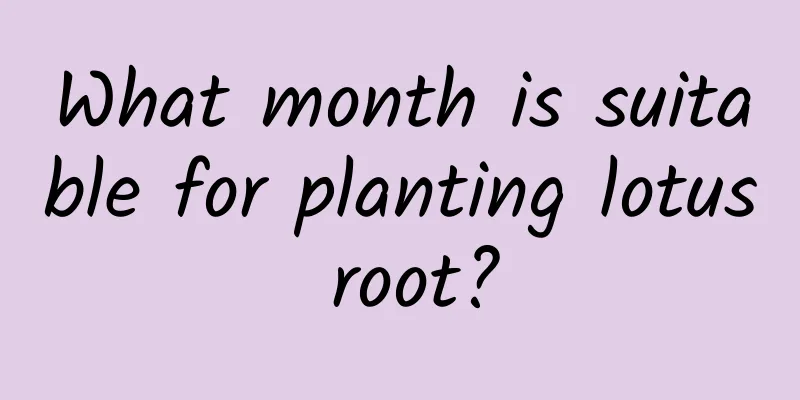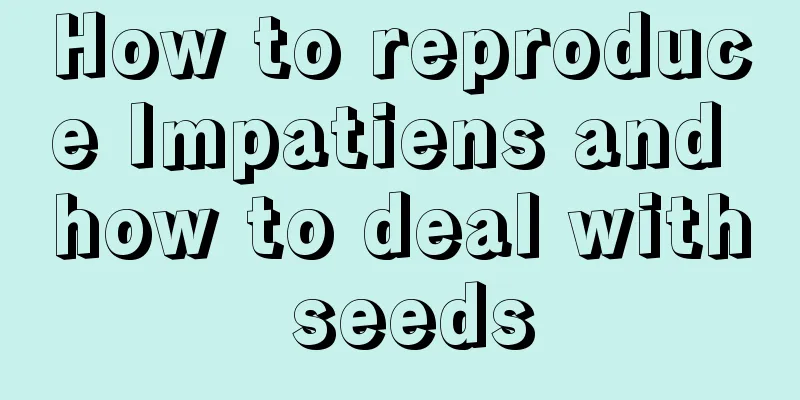Why does eggplant bloom but not bear fruit?

|
Eggplant is popular for its unique flavor and high nutritional value, but when growing eggplant, farmers may encounter the problem that the eggplant plants only bloom but do not bear fruit, which will undoubtedly reduce the yield and affect the profit. Let’s learn why eggplant blooms but does not bear fruit. 1. Factors affecting eggplant fruiting Environmental factors: including light, temperature and air circulation, which are essential for eggplant flowering and pollination. Temperatures below 15°C or insufficient light will affect pollination success. Nutrient deficiency: Eggplant particularly needs boron during the flowering period. Lack of boron will cause the flowers to wither and affect the fruiting. Pollination Issues: In closed environments such as greenhouses, natural pollination may not be successful due to restricted air circulation. Too many flowers: Too many flowers may lead to insufficient nutrient supply to the plant, so proper flower thinning is needed to ensure that nutrients are concentrated on healthy flowers. 2. Methods to improve the fruiting rate of eggplant Seedling transplanting: Compared with direct seeding, eggplants transplanted from seedlings will have a stunted growth after transplanting, balancing vegetative growth and reproductive growth, and reducing falling flowers and fruits. Promote weak plants and control strong plants: Supplement organic fertilizer and phosphorus fertilizer for weak growing plants, and take measures such as pinching the base or tilling the roots of vigorously growing plants to promote fruit setting. Pinching: Pinching promotes branching, increases fruiting areas, and increases the number of fruits. Hormone treatment: During the flowering period, use anti-drop hormone or 2,4-D solution to spray or dip the flowers, but pay attention to the hormone concentration and dosage. Artificial pollination: Artificial pollination is carried out on eggplants grown in protected areas, and the best pollination time is between 8 and 10 am. Prevent drought and diseases and pests: ensure water supply during the flowering period of eggplant, prevent and control diseases and pests in time, and choose low-toxic, high-efficiency and low-residue pesticides . In short, eggplant cultivation requires careful management at every step from sowing to fruiting. Reasonable use of water and fertilizer and a suitable growing environment are the key to ensuring eggplant yield and quality. Farmers can try and adjust these methods. If you have more experience and suggestions, please feel free to share and discuss.
|
<<: How to plant Paulownia trees and how to keep them alive
>>: What is Paulownia and how to propagate it
Recommend
When is the best time to prune rubber trees?
Rubber tree pruning time Pruning is necessary dur...
How to open lotus seeds
1. Find the breach To crack the lotus seeds, you ...
African Impatiens cultivation methods and precautions
Farming methods Temperature and light The suitabl...
Other names for osmanthus and its appearance
1. Aliases Its aliases include golden millet, swe...
Is the five-color plum poisonous? Can it be grown at home?
1. Is it poisonous? Because its flowers are brigh...
What fertilizer is best for garlic sprouts
Fertilizing time for garlic sprouts Garlic sprout...
These 20 kinds of flowers are easier to grow in dry weather, and will die if there is too much water!
Tiger Piranha 1. Tiger Piranha is drought-resista...
How to prune spruce bonsai pruning methods and techniques
Spruce Pruning Time It is more appropriate to pru...
How to raise Chunjian
Planting and cultivation Spring sword is suitable...
How to graft an osmanthus tree (with pictures) and what rootstock is best
1. Grafting method 1. Cutting and grafting method...
What fertilizer is best for osmanthus trees? Which fertilizer makes them grow fastest?
When fertilizing potted osmanthus, it is best not...
How to get a high survival rate of camellia cuttings
Camellia is a widely cultivated and planted flowe...
How to prune multi-headed carnations
Pruning time for multi-headed carnations When pru...
I'll just tell you these tips for growing flowers.
Cooling and shading 1 plus sunshade net The tempe...
What fertilizer is good for jasmine topdressing?
Jasmine topdressing time Generally, jasmine can b...
